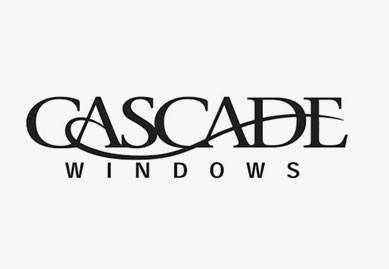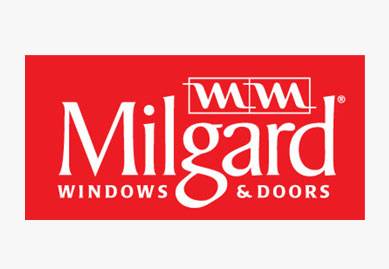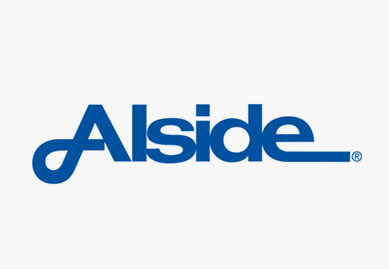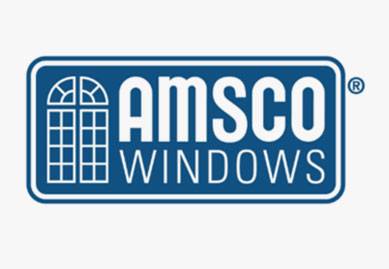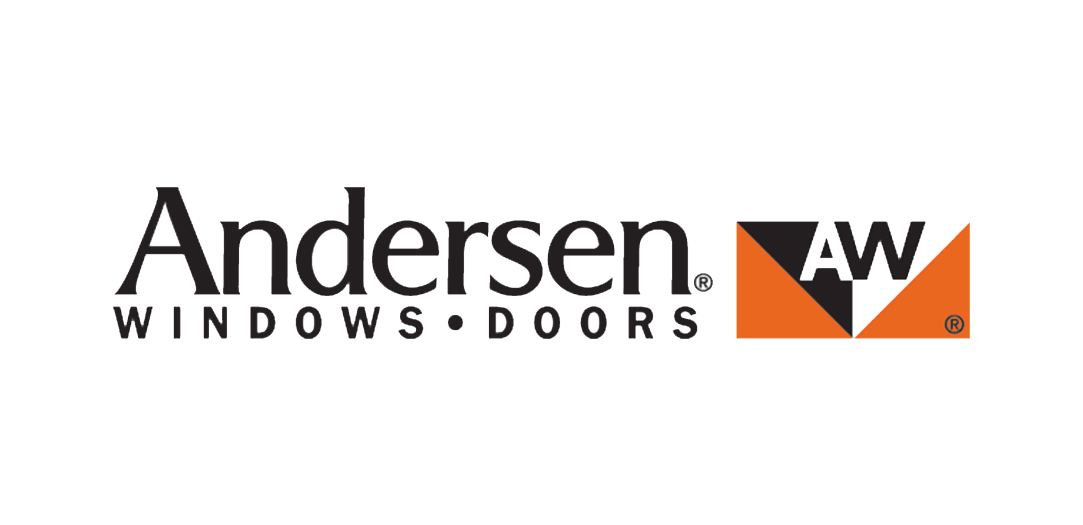Technologies and Types of Modern Replacement Windows
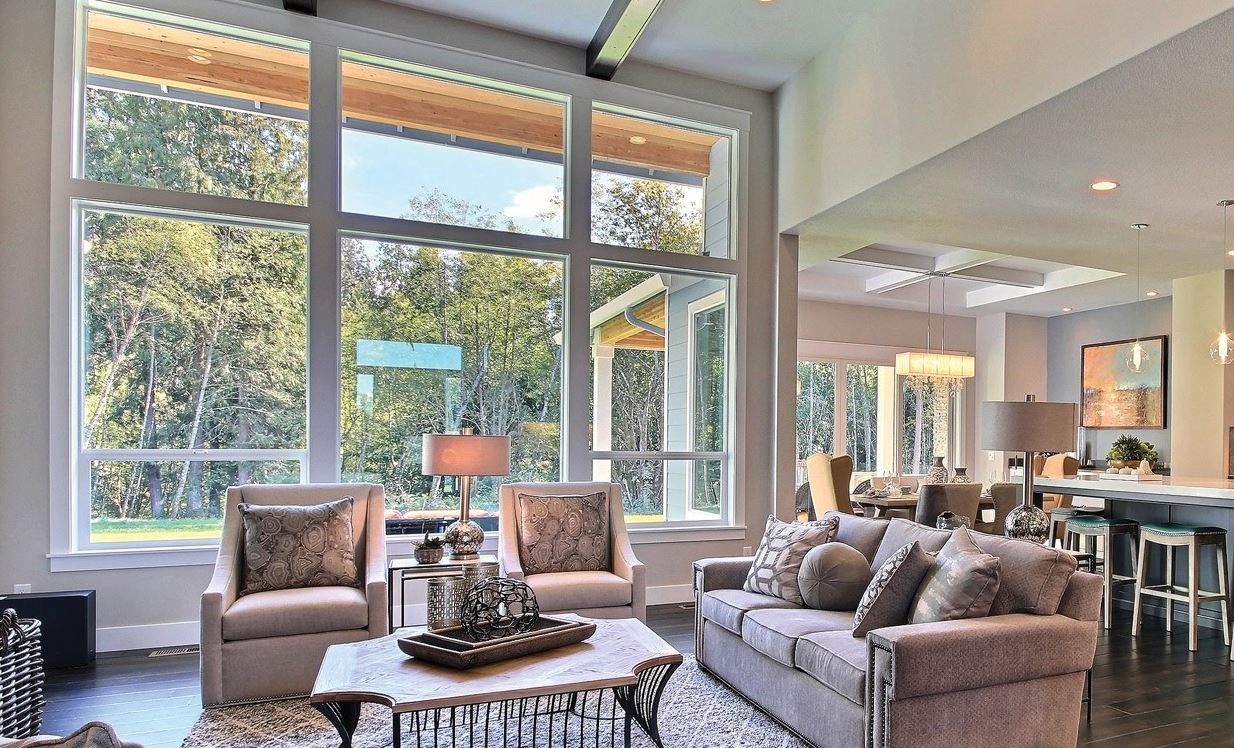
The upgrades in window design and technologies made them energy efficient as well as more durable, attractive, and functional. When choosing new replacement windows Oakland CA, it’s important to take into consideration the following factors: the frame material, the glazing or glass features, the gas fills and spacers, as well as windows’ operation. A window’s overall energy efficiency will be impacted by all of these factors.
Frames and Sash
It is possible to increase a window’s energy efficiency, especially its heat loss rate or U-factor, by improving the thermal resistance of the frame. While all types of frame materials have advantages and disadvantages, vinyl, wood, fiberglass, and some composites are more thermally resistant than metal.
Composite frames
Most composite window frames are composed of composite wood products, such as particleboard and laminated strand lumber, and polymer plastic components. Composites are more stable, have better structural, thermal, and moisture resistance properties than conventional wood.
Fiberglass frames
A fiberglass window frame has dimensional stability and is able to be filled with insulation, which makes it superior to a wood frame or an uninsulated vinyl window frame in terms of thermal performance.
Vinyl frames
Polyvinyl chloride (PVC) window frames contain ultraviolet light (UV) stabilizers to prevent sunlight from damaging them. In addition to being moisture-resistant, vinyl window frames do not need to be painted. Vinyl frames are thermally superior to standard vinyl and wood frames because their hollow cavities can be filled with insulation.
Wood frames
Despite being relatively effective at insulating, wooden window frames require regular maintenance, unlike aluminum or vinyl cladding. Wood frames with metal cladding may perform slightly worse in terms of heat transfer.
Aluminum or metal frames
Metal and aluminum window frames are strong and lightweight, but they conduct heat rapidly, so they are poor insulators.
Metal frames can be insulated by placing a thermal break between the inside and the outside. Between the frame and the sash, a thermal break is a strip of plastic.
Glass or Glazing
In most replacement windows Oakland CA, the choice of glazing is the most important factor when it comes to energy efficiency. There may even be different types of glazing for different windows in your home depending on factors such as window orientation, climate, and building design.
Older buildings tend to have single glazed units, while new efficient buildings are almost exclusively double glazed. Insulating glazing units, or IGUS, can have a variety of properties depending on the type of glass, coating, gas used to fill the space between the panes, and spacers selected. Some of the most common coatings and technologies you may find as you shop for windows include:
Insulation
In order to be considered insulated, replacement windows Oakland CA must have at least two panes of glass. An insulating air space is left between the two glass panes, preventing heat from escaping through them. U-factors are lowered primarily but SHGCs are also reduced by insulated window glazing.
Low-emissivity coatings
Heat transfer between insulated glazing panels is controlled by low-emissivity (low-e) coatings on the glass. There is typically a 10% to 15% price increase for low-e windows, but the energy lost through them can be reduced by 30% to 50% compared to regular windows.
In low-e coatings, metal or metallic oxides are deposited directly on the surface of one or more panes of glass in a thin, nearly invisible layer. Through the glazing system, the low-e coating can manage daylight transmittance and solar heat gain through the window, lowering its U-factor. In addition to controlling solar gain, low-e coatings can also be tuned to control daylight transmission and offer different degrees of solar gain.
Some low-e coatings can be applied by a do-it-yourselfer, although they are usually applied during manufacturing. In comparison to total window replacements, these films are inexpensive, last 10 to 15 years without peeling, and save energy, reduce fabric fading, and provide greater comfort.
Spectrally selective coatings
A glazing that provides daylight and a view while transmitting a minimal amount of infrared radiation will be well suited to climates with high cooling loads. In some low-E coatings, heat is so selectively filtered that 40% to 70% of the heat normally transmitted through insulated window glass is prevented while full daylight is permitted.
Types of Operations
The operation of the replacement windows Oakland CA is another important consideration. The type of operator you choose can affect the overall energy consumption of your house since all operable windows may leak unneeded air, resulting in a decrease in the efficiency of your house. The quality of the weatherstripping and seals determine how much air leaks, which will generally increase over time with use. The following are some types of traditional operations:
- Single- and double-hung. Two sashes slide vertically in a double-hung window. There is only one sash that slides upwards in a single-hung window. There is usually more air loss from a sliding window compared to a hinged or projecting window.
- Single- and double-sliding. Double-sliding windows have two horizontal sliding sashes. Single-sliding windows have only one sliding sash. There is generally a higher rate of air leakage through these windows compared with hinged or projecting windows.
- Casement. It has two hinges on each side. Because the sash presses against the frame when closed, they are generally more airtight than sliding windows.
- Fixed. Fixed non-opening panes. As long as they are properly installed, they are airtight, but they are not suitable for places where ventilation or egress is required.
- Awning. Opens outward and has a hinge at the top. Generally, sliding windows leak less air than sash windows since the sash presses against the frame when it closes.
- Hopper. It has a bottom hinge and opens inward. Due to the fact that the sash presses against the frame when it closes, their air leakage rates tend to be lower, just like in awnings and casements.
If you are ready to start your new window replacement project, we are here to help! Best Exteriors provides high-quality, durable, built-to-last windows and peace of mind warranty coverage. Get a FREE quote or request a consultation with one of our specialists by calling us at (888)-853-6277 or filling out our online form.



 all communications are private and not shared with other parties.
all communications are private and not shared with other parties.
